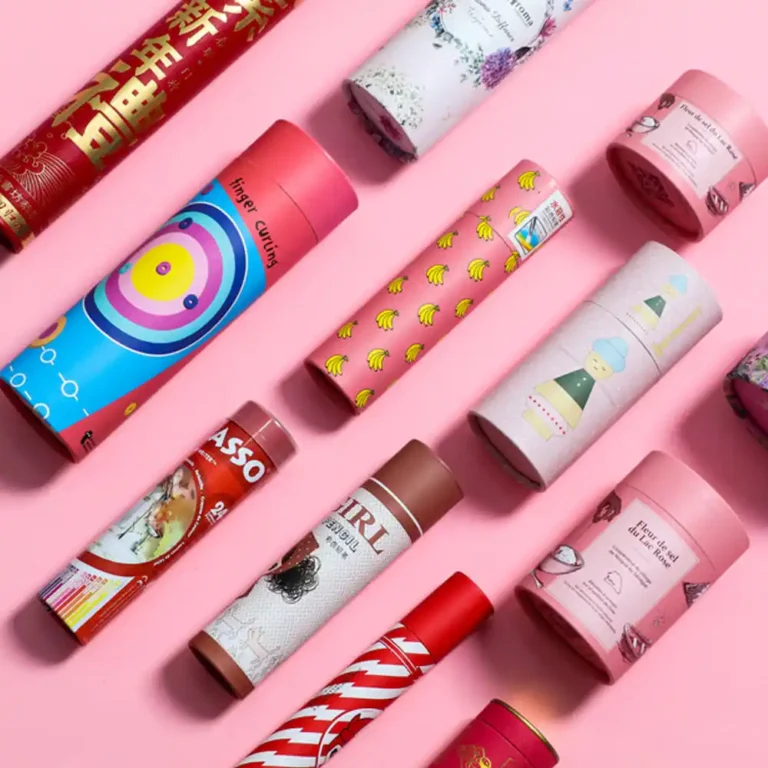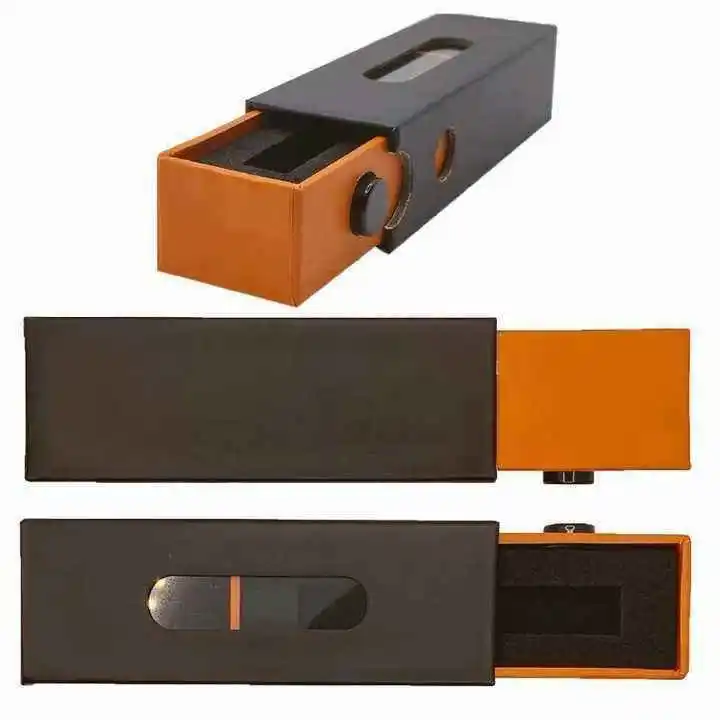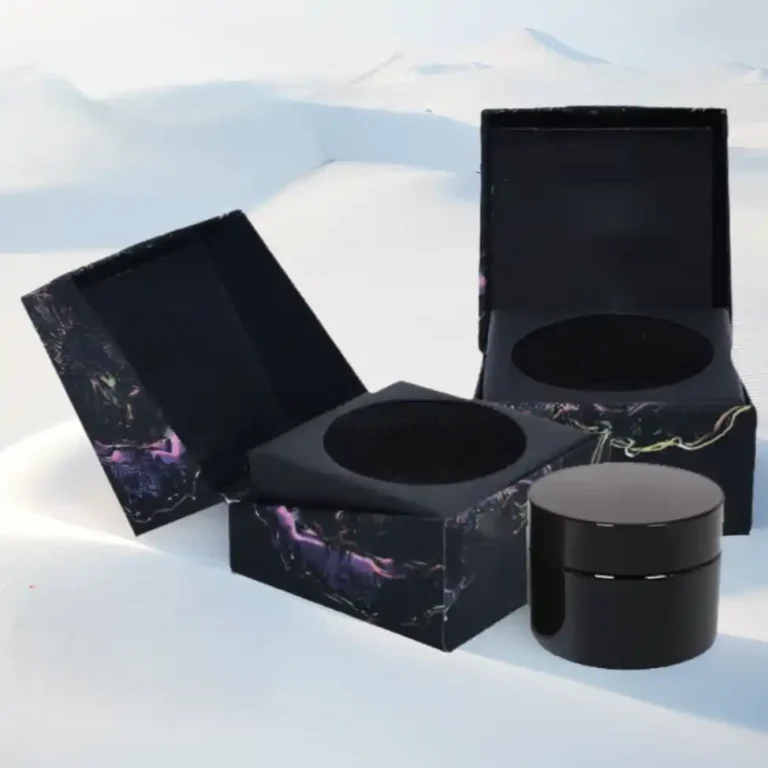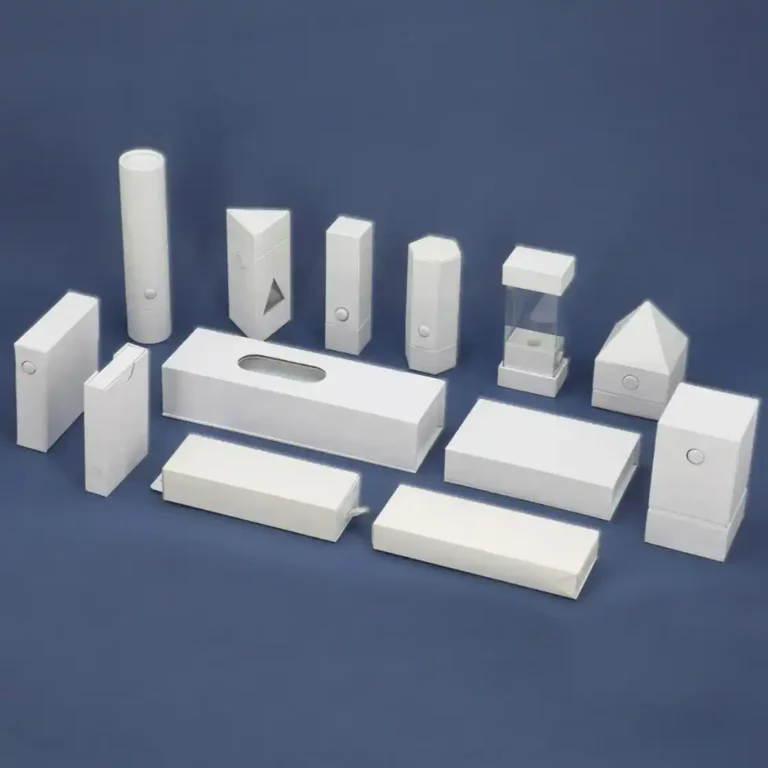Packaging: The Silent Sales Engine Of Brands – Seven-Dimensional Strategies Drive Product Sales To Double
Introduction
Packaging doesn’t speak, yet it persuades. On a crowded shelf, it works like a seasoned salesperson: spotting the right buyer, signaling fit, lowering friction, and nudging the hand. When you treat packaging as a growth system—not a cost line—you unlock repeatable revenue lifts: faster recognition, higher trial, richer sharing, and stronger premium power. Below are seven dimensions you can operationalize across categories—from premium paper gift boxes to durable folding cartons—to turn that silent engine into measurable sell-through.
Table of Contents
1. Constructing brand super symbols: Application of visual hammer theory
Distinctive assets and pack architecture
Build a simple, ownable “hammer” that imprints fast: a silhouette, corner cut, ribbon pull, or closure style. Repeat it across sizes and SKUs so shoppers can spot you at a glance.
Logo, typography, and negative space
Lock a consistent logo zone and a disciplined type scale. Use negative space as a stage, not an afterthought; it makes cues easier to parse in peripheral vision.
Material choices that reinforce the symbol
Let structure carry the symbol. A signature drawer motion on jewelry boxes or a magnetic flap on cosmetic boxes embeds memory through touch, not just sight.
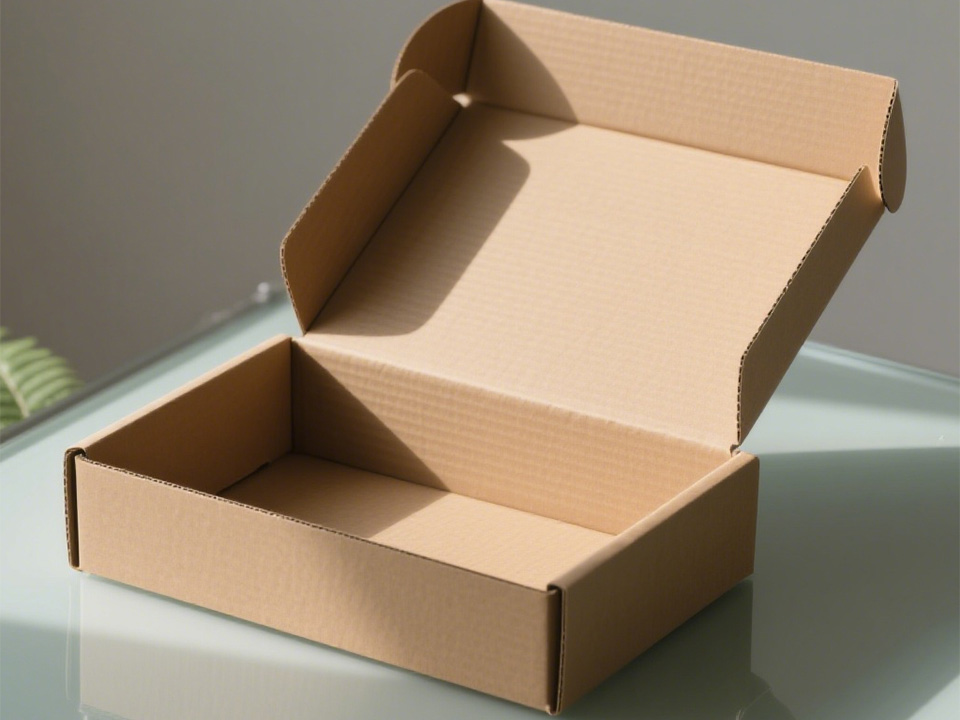
2. Strategic deployment of color psychology: from eye capture to emotional resonance
Category codes vs. brand codes
Balance conformity and contrast. Keep one foot in category color norms for quick comprehension, and one foot in your brand palette to stand out without confusing shoppers.
Chroma, finish, and light behavior
High-chroma hues grab at distance; muted tones win up close. Finishes matter: soft-touch calms, gloss energizes, metallics suggest precision. Carry these rules into printed corrugated boxes for e-commerce so the out-of-box moment matches the PDP promise.
Accessibility and global readability
Test legibility on dark and light grounds, under store lighting, and on mobile screens. Color contrast that works in a lab can collapse under LEDs or warehouse shadows.
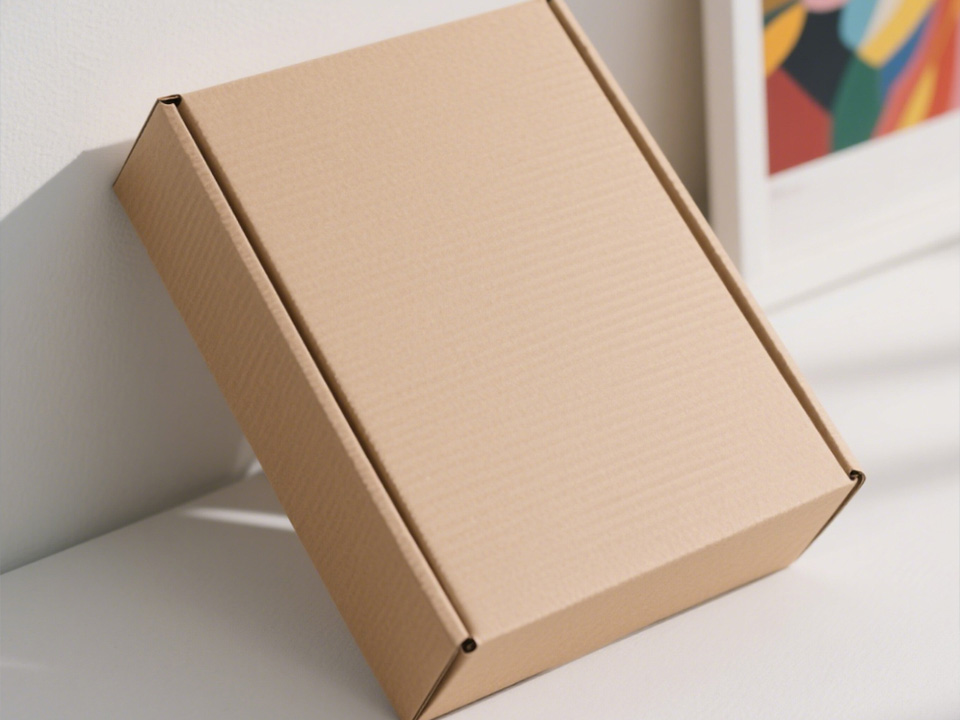
3. Information layering design: selling point explosion under the 5-second rule
Primary, secondary, and tertiary messaging
In five seconds, shoppers should grasp what it is, why it’s better, and what to do next. Reserve the front panel for one core benefit; move supporting claims to sides; put proofs and specs on the back.
Scannability and icon systems
Use a tight icon set for features, certifications, and use steps. Keep count to a minimum and align to a consistent grid across paper tube packaging and cartons to reduce cognitive load.
Retailer and channel variation
Shelf, DTC, and social thumbnails need different crops. Create a modular panel system you can reflow without redesigning the whole pack.

4. User experience reconstruction: from unboxing ceremony to scene adaptation
Tactile choreography and opening sequence
Design a deliberate rhythm: lift, slide, reveal. Drawer formats in premium paper gift boxes turn first use into a shareable moment and make storage intuitive.
Protection, efficiency, and reuse
Right-size inserts, reduce voids, and specify fibers that resist crush without over-engineering. When possible, give the pack a second life—a tray, a stand, or a tidy keeper for accessories.
Merchandising and display integration
Plan for retail realities: peg holes, stackability, anti-theft, and facings. Coordinate with cardboard displays so structural cues and brand cues reinforce each other.

5. Environmental value empowerment: the consumer driving force of green packaging
Material hierarchy and monomaterial thinking
Prioritize reduction first, then renewable, then recycled. Monomaterial designs simplify sorting and improve the chance of correct disposal.
Print, coatings, and adhesives
Choose lower-impact inks and avoid laminations that block fiber recovery. Soft-touch and metallic effects can be achieved with alternative coatings—brief your converter early via capable printing services.
Transparent proof points
State what’s recyclable where, and why the design changed. Clear, honest labeling nurtures trust and supports repeat purchase decisions.
6. Social media fission: the digital communication potential of packaging
Thumbnail rules for the social shelf
Design the front panel to win in a 1:1 square. Bold mark, short claim, and a visual metaphor that reads at 1080 px.
Unboxing as content architecture
Engineer a reveal that invites the camera in: a contrast interior, a message under the lid, a satisfying pull on a ribbon—elements common in luxury cosmetic boxes and premium gift sets.
Influencer and UGC toolkits
Include story prompts: a QR to a playlist, a hidden print, or a seasonal sleeve. Ensure your e-commerce shipper—often a branded printed corrugated box—arrives photo-ready.
7. Dynamic packaging strategy: data-driven iteration mechanism
Pack-level KPIs and test loops
Track view-to-cart deltas when hero images change, measure shelf pick-ups in observed tests, and monitor damage rates and return reasons by SKU. Iterate quarterly with small, reversible moves.
Portfolio coherence and SKU governance
Build a ruleset that scales: fixed logo zone, color ladder by tier, claim grammar, and typography tokens. Apply it across folding cartons, tubes, and rigid sets to cut design time and speed listings.
Supplier enablement and rapid deployment
Standardize dielines, insert libraries, and finish swatches with your manufacturing partners. Your master library should map cleanly to common formats like jewelry boxes and specialty paper gift boxes, ensuring changes ripple fast from concept to shelf.
Summary
When packaging behaves like a system, not a surface, it compounds value: recognition accelerates, evaluation gets easier, and delight turns into advocacy. Whether you’re refreshing a hero SKU or launching into a new channel, start with one dimension—clarify your visual hammer, tighten your five-second story, or script a better unboxing—then expand. If you need a benchmark to translate these ideas into real structures and finishes, explore the full range of formats on the homepage as well as focused categories like cosmetic boxes, paper gift boxes, folding cartons, printed corrugated boxes, paper tube packaging, cardboard displays, and on-demand printing services.






